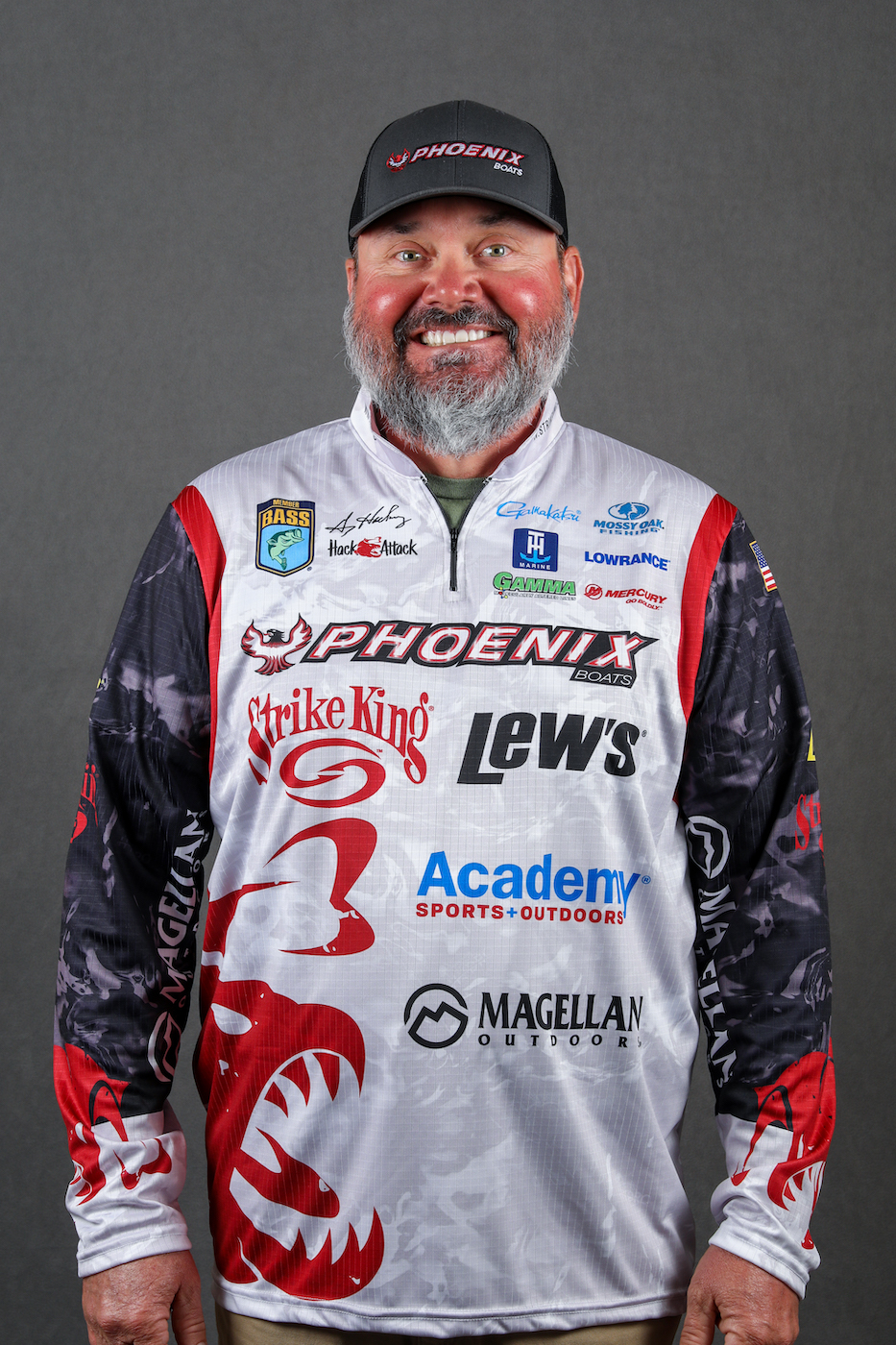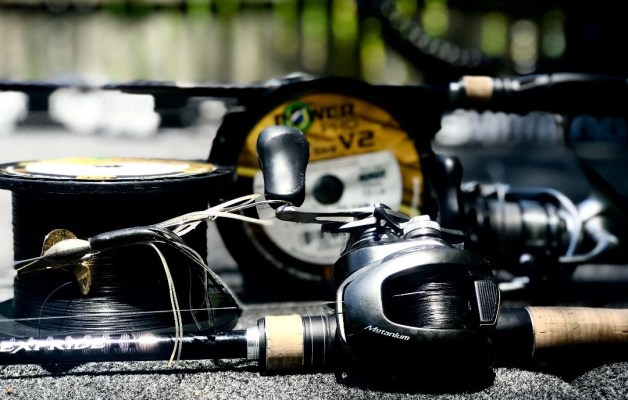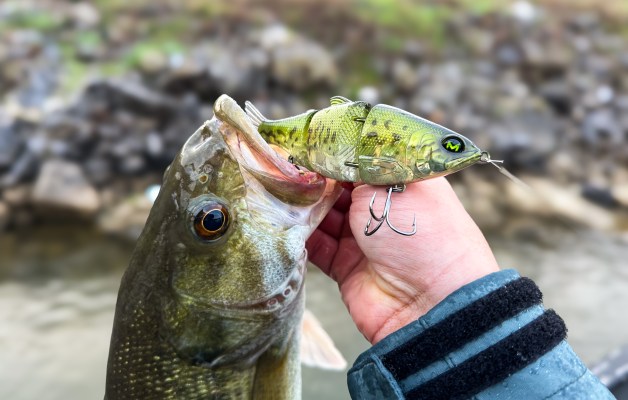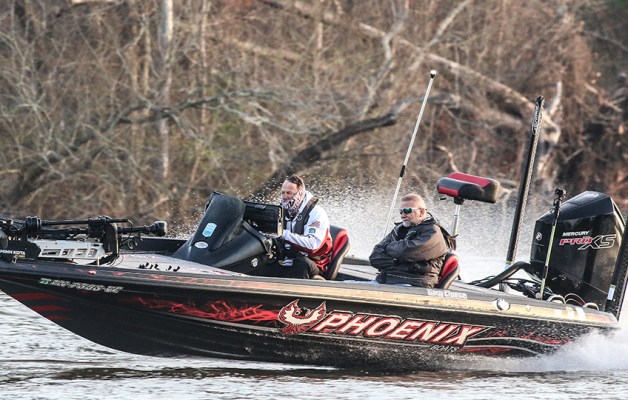Swim jigs are designed to swim — move horizontally — through the water. They can do that most efficiently if the line tie is on or close to the nose of the jig. The very best have a line tie of around 20 degrees. That helps them swim with a slight nose up attitude. That’s an important consideration if you’re swimming them in any sort of cover.
Another thing that helps to pull them through cover is to have a nose that’s slightly curved up and small shoulders. This will allow them to slide over and through obstructions more easily. If you’re fishing in really heavy cover your swim jig should have a weedguard, too.
It’ll come as no surprise to you that I do my swim jig fishing with the model I designed for Strike King — the Heavy Cover Hack Attack Swim Jig.
At this point I want to say a little more about swim jigs: They are real fish catchers, and they are often neglected by recreational anglers. Don’t make that mistake. Throw them around grass and wood whenever you have the chance.
Flippin’ Jigs
I’m going to make a blunt statement here. A lot of flippin’ jigs are poorly designed and, as a result, they don’t catch fish. In some cases they don’t fall right and in others they give you a sorry hookset. Either way, the result is the same.
The single most important thing about a flippin’ jig is its weight distribution. The weight of the head must be close to the hook eye [line tie] or it won’t fall right, and falling right means straight down towards the bottom. It should look like a bullet that’s shot out of a rifle as it drops.
That same idea helps you set the hook. If it falls straight, it’ll come up straight when you snap the rod to set the hook. That’ll drive the point home so you can get it to the boat.
You can regulate the speed of the fall with the weight of the head and with the size of the trailer.
The deal here is that a flippin’ jig isn’t a finesse lure. You’re not trying to entice a bass to bite it. You’re trying to startle the bass and then play on its predator instincts. Make it bite before it realizes what it’s doing.
Another thing that every good flippin’ jig has is a heavy, stiff weedguard, and it should always lay right over the hook point. That’ll keep the point from embedding on small limbs and twigs as it falls or when you bounce it up and down a few times before bringing it in. It’s the small stuff that’ll mess you up. Most jigs will bounce off bigger limbs.
That’s pretty much it when it comes to the design and performance of the basic jigs we all use. The thing that’s most important here is that a jig is not a jig. They’re all a little different. Buy the ones that’ll do what you need them to do.
In next week’s column I’m going to talk about why I think we should all be very careful about fishing with real heavy jigs, ones that weigh an ounce or better. They have an inherent problem that has nothing to do with their design or quality.





